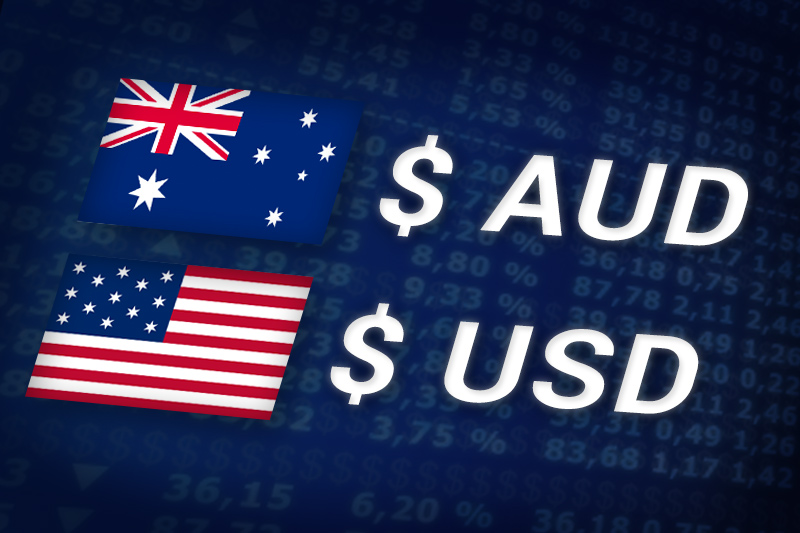Investing.com - The Australian dollar rose to a two-month high against its U.S. counterpart on Tuesday, after the Reserve Bank of Australia left interest rates unchanged and data showed that Australian building approvals surged in May.
AUD/USD hit 1.0285 during late Asian trade, the pair’s highest since May 3; the pair subsequently consolidated at 1.0262, rising 0.14%.
The pair was likely to find support at 1.0168, the low of May 4 and resistance at 1.0362, the high of April 25.
In a widely expected move, the RBA held its benchmark interest rate at 3.50%, saying the economy continued to grow in the first part of 2012, at a pace somewhat stronger than earlier indicated.
Commenting on the decision, RBA Governor Glenn Stevens said “The Board judged that with inflation expected to be consistent with the target and growth close to trend, but with a more subdued international outlook than was the case a few months ago, the stance of monetary policy remained appropriate."
The central bank had cut rates by 0.5% in May and by an additional 0.25% in June, taking interest rates to the lowest since December 2009.
In addition, official data showed that building approvals in Australia jumped by 27.3% in May, blowing past expectations for a 5.1% rise and following a 7.6% drop the previous month.
Meanwhile, market sentiment remained under pressure after a string of weak data from the euro zone and the U.S. added to concerns over the perspective for global economic growth.
Investors were also wary over the long-term effectiveness of measures announced last week to tackle the euro zone’s debt crisis and uncertainty over how and when the measures can be implemented.
Elsewhere, the Aussie was fractionally lower against the euro with EUR/AUD inching up 0.09%, to hit 1.2282.
Later in the day, the U.S. was to release official data on factory orders.
AUD/USD hit 1.0285 during late Asian trade, the pair’s highest since May 3; the pair subsequently consolidated at 1.0262, rising 0.14%.
The pair was likely to find support at 1.0168, the low of May 4 and resistance at 1.0362, the high of April 25.
In a widely expected move, the RBA held its benchmark interest rate at 3.50%, saying the economy continued to grow in the first part of 2012, at a pace somewhat stronger than earlier indicated.
Commenting on the decision, RBA Governor Glenn Stevens said “The Board judged that with inflation expected to be consistent with the target and growth close to trend, but with a more subdued international outlook than was the case a few months ago, the stance of monetary policy remained appropriate."
The central bank had cut rates by 0.5% in May and by an additional 0.25% in June, taking interest rates to the lowest since December 2009.
In addition, official data showed that building approvals in Australia jumped by 27.3% in May, blowing past expectations for a 5.1% rise and following a 7.6% drop the previous month.
Meanwhile, market sentiment remained under pressure after a string of weak data from the euro zone and the U.S. added to concerns over the perspective for global economic growth.
Investors were also wary over the long-term effectiveness of measures announced last week to tackle the euro zone’s debt crisis and uncertainty over how and when the measures can be implemented.
Elsewhere, the Aussie was fractionally lower against the euro with EUR/AUD inching up 0.09%, to hit 1.2282.
Later in the day, the U.S. was to release official data on factory orders.
